Healthy Teens
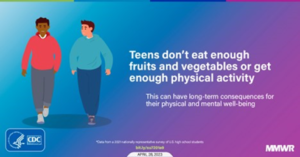 According to the National Youth Risk Behavior Survey, high school students’ rates of physical activity is decreasing. The same is true for daily consumption of fruits, vegetables and breakfast. Healthy eating and physical activity in childhood and adolescence is important for proper growth and development and in the prevention of chronic health conditions.
According to the National Youth Risk Behavior Survey, high school students’ rates of physical activity is decreasing. The same is true for daily consumption of fruits, vegetables and breakfast. Healthy eating and physical activity in childhood and adolescence is important for proper growth and development and in the prevention of chronic health conditions.
For adolescents, adequate physical activity plays a significant role in their health and well-being. By participating in the recommended 60 minutes or more of daily physical activity high school students’:
- Boost academic performance by improving attention and memory
- Reduce risk of several preventable chronic diseases, such as type 2 diabetes and obesity
- Regulate body weight and reduce body fat
- Reduce risk of depression
Healthy eating in childhood and adolescence is important for proper growth and development. It also assists in the prevention of chronic health conditions. It’s important for teens to make choices from all food groups: fruits, vegetables, grains, protein, and dairy, every day. For adolescents healthy eating can:
- Help achieve and maintain healthy weight
- Support brain development
- Support healthy growth
- Boost immunity
- Improving mental health
Schools, communities, and families can work together to create supportive environments where adolescents can learn about and practice making healthy choices. Some examples are:
- Providing physical education and access to team sports
- Increasing access to healthy food and drink options
- Promoting opportunities for physical activity within the community
For more ways to boost your teen’s physical activity goal, check out the CDC’s Active People, Healthy Nation strategy.
For resources on improving your teen’s diet, check out the FDA’s My Plate resources.

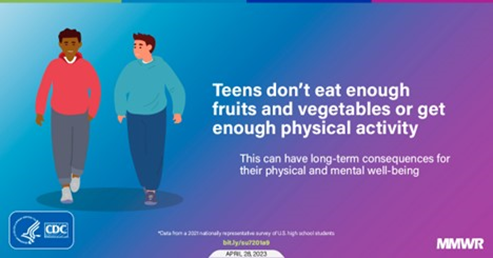
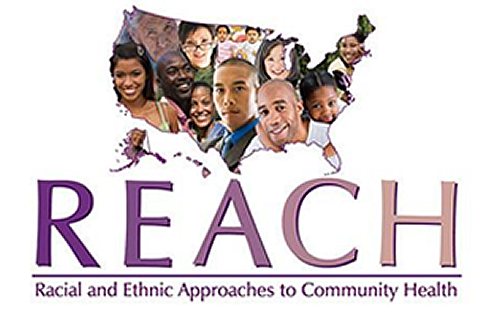
 The Racial and Ethnic Approaches to Community Health (REACH) program, a CDC-funded initiative managed by the Chronic Disease and Injury Prevention Program, works to reduce racial health disparities by addressing several of the risk factors associated with chronic disease in our Black communities. A diverse coalition of partners are working together to ensure access to healthy food, safe outdoor spaces, and health care.
The Racial and Ethnic Approaches to Community Health (REACH) program, a CDC-funded initiative managed by the Chronic Disease and Injury Prevention Program, works to reduce racial health disparities by addressing several of the risk factors associated with chronic disease in our Black communities. A diverse coalition of partners are working together to ensure access to healthy food, safe outdoor spaces, and health care.
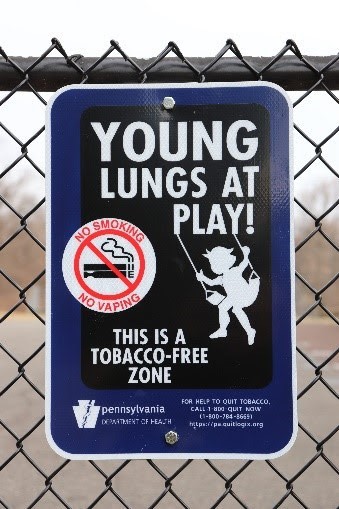
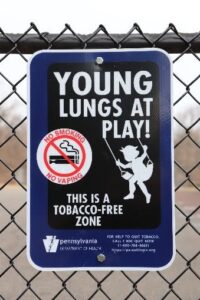 The Great American Smoke Out is an annual national tobacco awareness holiday sponsored by the American Cancer Society. It is designed to encourage thousands of smokers to begin “Day 1” of their quitting journey on the third Thursday of November. Throughout Allegheny County and Southwestern Pennsylvania, Adagio Health is there to help smokers quit and live longer, healthier lives.
The Great American Smoke Out is an annual national tobacco awareness holiday sponsored by the American Cancer Society. It is designed to encourage thousands of smokers to begin “Day 1” of their quitting journey on the third Thursday of November. Throughout Allegheny County and Southwestern Pennsylvania, Adagio Health is there to help smokers quit and live longer, healthier lives. Tobacco Free Adagio Health engages with schools to promote programming and interventions to educate and support youth in efforts to stop smoking, or to never start. Tobacco Resistance Units are student-centered groups designed to promote tobacco-free lifestyles, teach youth about advocacy and leadership, and help them to engage with their peers to educate them on the risks of tobacco use and nicotine dependence.
Tobacco Free Adagio Health engages with schools to promote programming and interventions to educate and support youth in efforts to stop smoking, or to never start. Tobacco Resistance Units are student-centered groups designed to promote tobacco-free lifestyles, teach youth about advocacy and leadership, and help them to engage with their peers to educate them on the risks of tobacco use and nicotine dependence. 
 The 26th Annual National Walk to School Day was held on October 6 at Pittsburgh Langley K-8.
The 26th Annual National Walk to School Day was held on October 6 at Pittsburgh Langley K-8. The event was organized by Safe Kids Allegheny, a local coalition of Safe Kids Worldwide led by UPMC Children’s Hospital of Pittsburgh. The Allegheny County Health Department Injury Prevention Program are members and participate in Safe Kids activities as well. Safe Kids Allegheny Coalition members include state, local and college police officers. This is the 10th year that the Injury Prevention program has participated in the event.
The event was organized by Safe Kids Allegheny, a local coalition of Safe Kids Worldwide led by UPMC Children’s Hospital of Pittsburgh. The Allegheny County Health Department Injury Prevention Program are members and participate in Safe Kids activities as well. Safe Kids Allegheny Coalition members include state, local and college police officers. This is the 10th year that the Injury Prevention program has participated in the event.

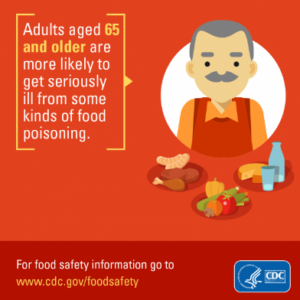 It’s a great time to freshen up on food safety practices and educate yourself about preventing food poisoning.
It’s a great time to freshen up on food safety practices and educate yourself about preventing food poisoning.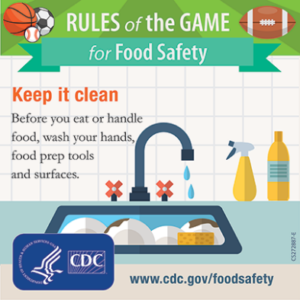
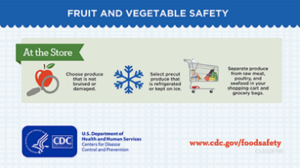 For more information about food safety and preventing foodborne illnesses, sign up for our November Live Well Speaker Series on Tuesday, November 15 from 10-11 a.m. on Microsoft Teams.
For more information about food safety and preventing foodborne illnesses, sign up for our November Live Well Speaker Series on Tuesday, November 15 from 10-11 a.m. on Microsoft Teams.
 Allegheny County held its annual Health and Safety Fair on Wednesday, July 20, in the Courthouse courtyard in Pittsburgh. The fair is held to promote health and safety for county employees and is a good way to connect individuals with various county services.
Allegheny County held its annual Health and Safety Fair on Wednesday, July 20, in the Courthouse courtyard in Pittsburgh. The fair is held to promote health and safety for county employees and is a good way to connect individuals with various county services. 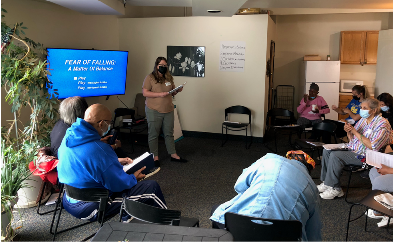



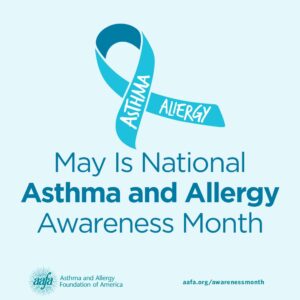 In Allegheny County, it is estimated that 10 percent of adults live with asthma. Asthma is a disease that affects the lungs and can cause symptoms such as wheezing, coughing, and difficulty breathing. There is no cure for asthma, but it can be controlled with medication and avoiding certain triggers.
In Allegheny County, it is estimated that 10 percent of adults live with asthma. Asthma is a disease that affects the lungs and can cause symptoms such as wheezing, coughing, and difficulty breathing. There is no cure for asthma, but it can be controlled with medication and avoiding certain triggers.